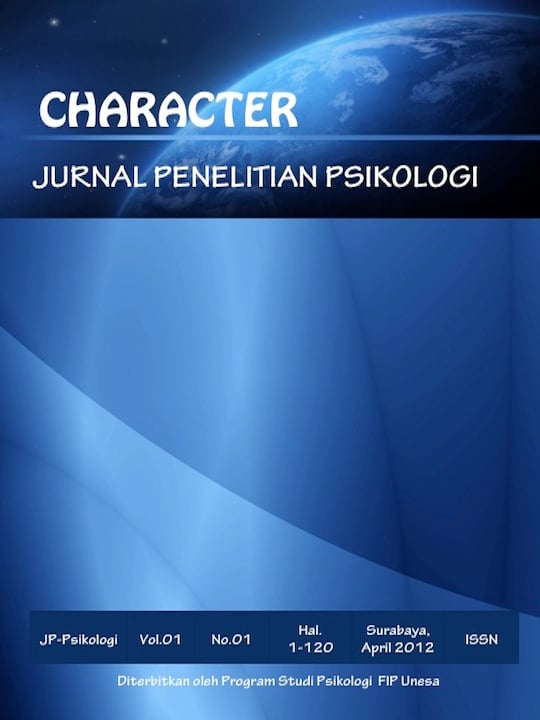The Description of Coping Strategies in Working Mothers
Description of Coping Strategies in Working Mothers
DOI:
https://doi.org/10.26740/cjpp.v10i1.53706Abstract
This study aims to look at the description of coping strategies in working mothers and what pressures and conflicts are faced by working mothers. This study uses a qualitative case study approach. Data collection in this study was semi-structured interviews with two subjects who are working mothers who have children aged 0-18 years. Data analysis in this study uses analytical techniques from Miles and Huberman, the process of which is through data collection, data reduction, data presentation, and drawing conclusions. The results of this study were that the second subject used two types of coping strategies, namely coping that focuses on problems (problem focused coping), namely seeking social support and planful problem solving. whereas for emotion-focused coping, namely distance and positive reappraisal. While the pressures and conflicts faced by working mothers are pressure and conflict at work and also managing the household. There are also difficulties in dividing time for working mothers between work matters and household responsibilities.
Downloads
Downloads
Published
How to Cite
Issue
Section
License
Authors who publish in this journal agree to the following terms:
Copyright in any article is held by the author.
The author grants the journal, publication rights with the work simultaneously licensed under a Creative Commons Attribution License that allows others to share the work with an acknowledgment of the work's authorship and initial publication in this journal.
Authors may enter into separate, additional contractual arrangements for the non-exclusive distribution of the journal's published version of the work (e.g., posting it to an institutional repository or publishing it in a book), with an acknowledgment of its initial publication in this journal.
Authors are permitted and encouraged to post their work online (e.g., in an institutional repository or on their website) prior to and during the submission process, as this can lead to productive exchanges, as well as earlier and greater citation of published work.
 Abstract views: 196
,
Abstract views: 196
, PDF Downloads: 232
PDF Downloads: 232





